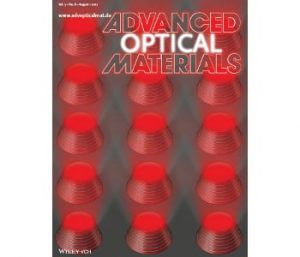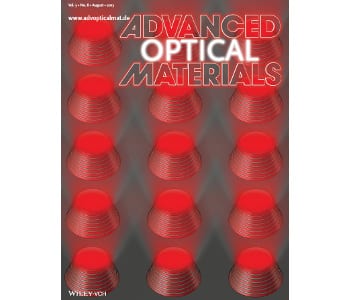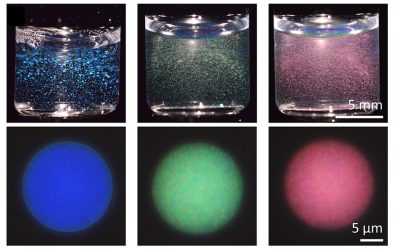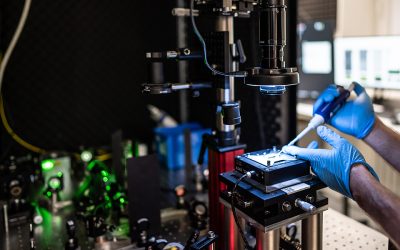 A passive cooling system is one which utilizes a self-cooling ability to reduce its temperature, i.e., it does not require any external power to run this cooling system. These kinds of cooling systems possess an obvious advantage over conventional active cooling systems, which consume a substantial amount of energy and cause a lot of carbon emissions.
A passive cooling system is one which utilizes a self-cooling ability to reduce its temperature, i.e., it does not require any external power to run this cooling system. These kinds of cooling systems possess an obvious advantage over conventional active cooling systems, which consume a substantial amount of energy and cause a lot of carbon emissions.
Radiative cooling is one of the most promising methods to passively cool something down to significantly below the ambient temperature. It employs an environmentally friendly method: extracting heat by converting it into infrared thermal radiation, sending it out of the Earth’s atmosphere. In such a system, the atmospheric transparency window (which exists from 8 to 13 µm) allows this infrared emission to pierce through the atmosphere.
However, conventional radiative cooling methods utilizing bulk materials are rather inefficient, due to their weak and unselective thermal radiation.
In this work, researchers working at the Swinburne University of Technology in Australia report the use of artificial photonic emitters towards highly efficient radiative cooling. In particular, they demonstrate that microstructure-based thermal emitters, realized with advanced nanotechnologies, can possess strong and highly selective infrared emission which overlaps the atmospheric transparency window.
These emitters have the potential to greatly boost the radiative cooling power and drive the system’s temperature greatly below the ambient temperature. Such microstructure-based emitters have potential application in the efficient passive cooling of industrial tools, buildings, and thermoelectric devices, where performance can decline due to heat generation.

















